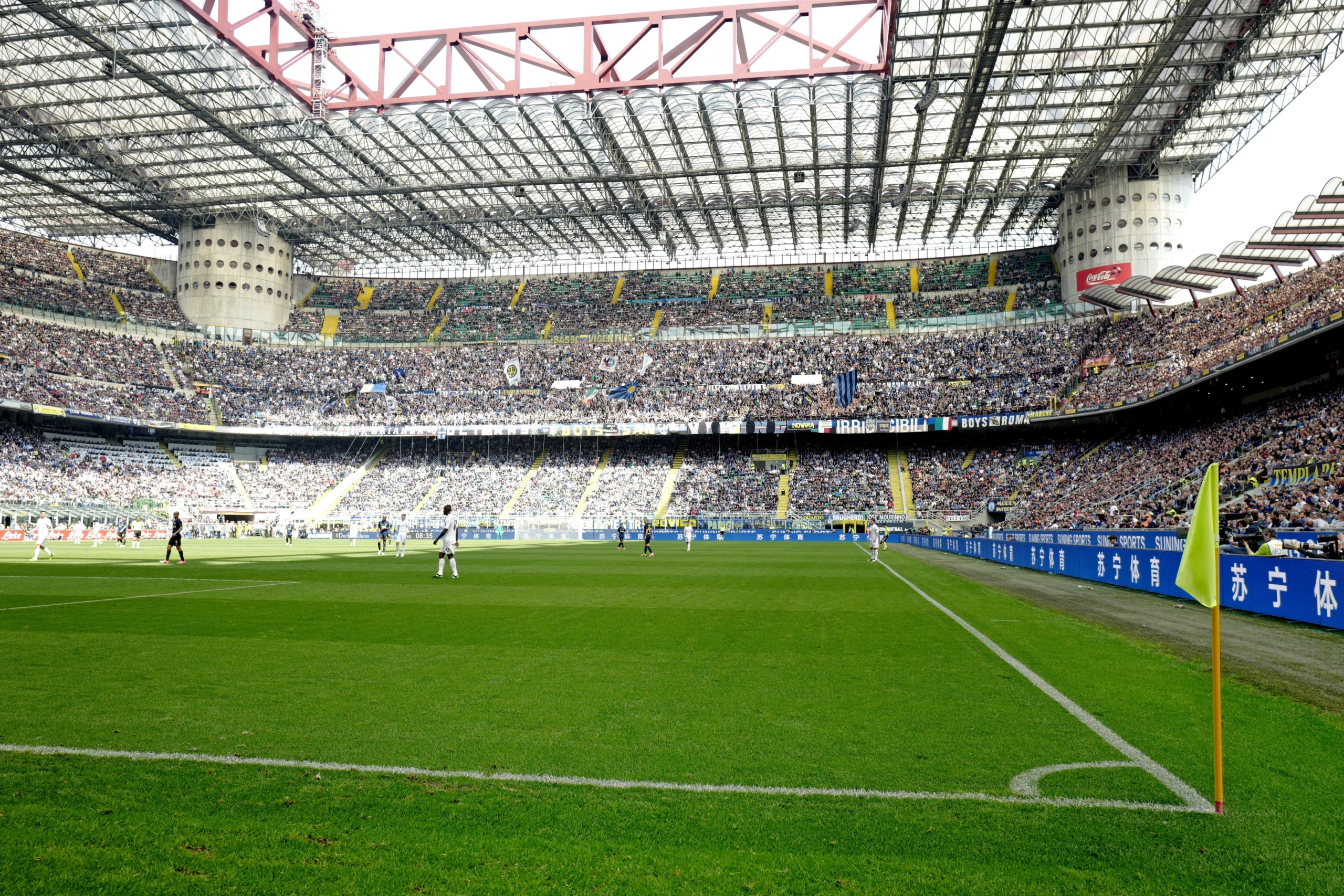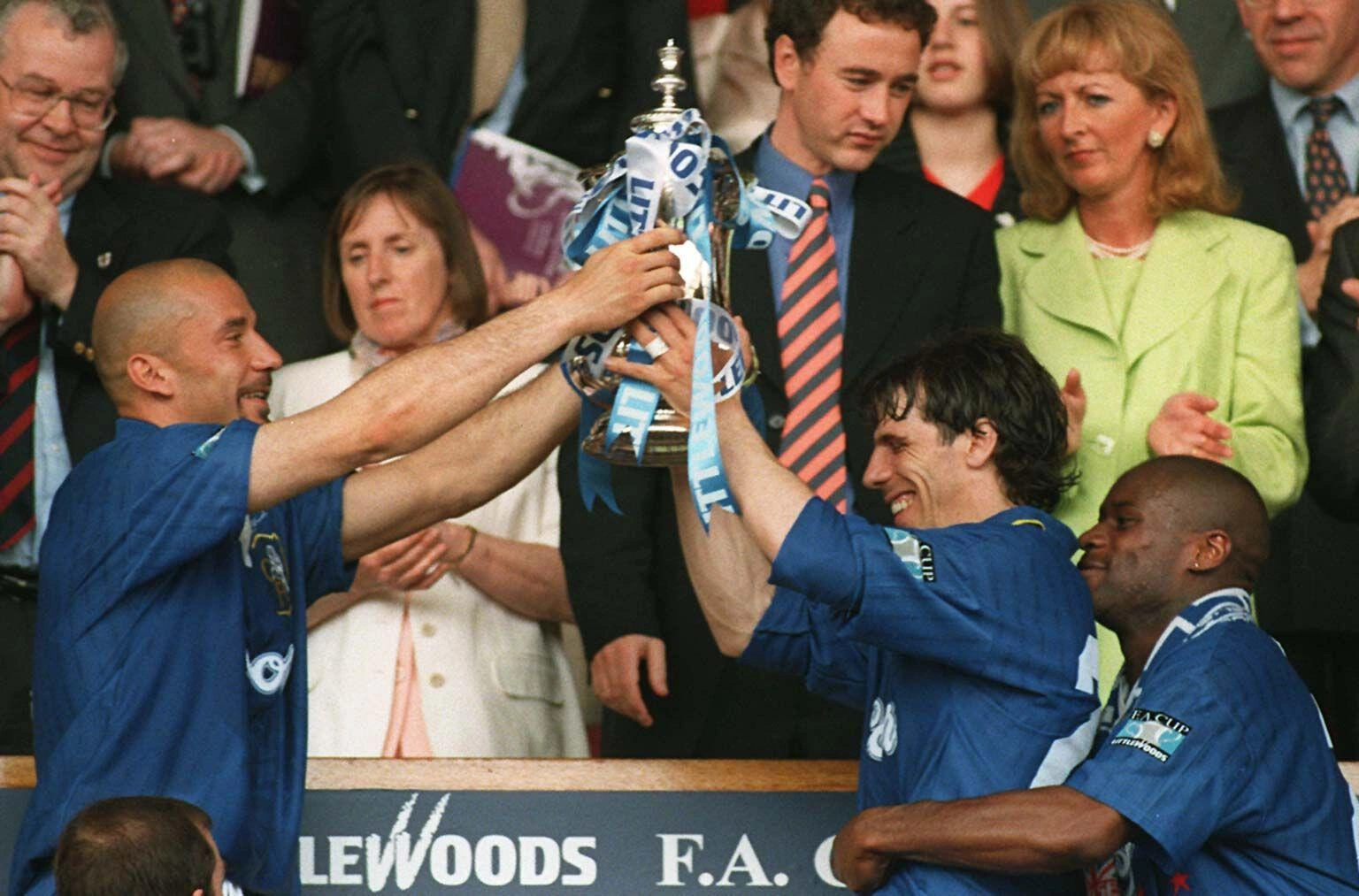Home advantage in European football remains a powerful factor in match outcomes, with teams consistently performing better on familiar ground. Recent research even found that professional European teams maintained a statistical edge when playing at home during the pandemic, despite empty stands.
While referee bias disappeared without spectators, the advantage in goals and points persisted, suggesting deeper factors at play than just crowd influence. For visiting teams, certain stadiums present particularly daunting challenges due to their atmosphere, design, and history. Here are five European stadiums that visiting teams dread most.
Signal Iduna Park, Dortmund
Borussia Dortmund’s home ground consistently ranks as one of Europe’s most intimidating venues, recently named the top stadium in Europe according to Stasher research. The stadium’s famous “Yellow Wall” – the Südtribüne – houses 24,545 standing supporters, making it the largest terrace in Europe. With a total capacity of 81,365 and tickets starting at just €11 for standing areas, the stadium guarantees a packed, vociferous atmosphere.
The stadium’s design amplifies crowd noise, creating a cauldron of sound that has unnerved even the most experienced visiting players. Dortmund’s home record speaks for itself, with the team consistently performing better at Signal Iduna Park than away. The stadium hosted a Euro 2024 semi-final, further cementing its status as one of football’s most significant venues.
Camp Nou, Barcelona
As Europe’s largest stadium with a capacity of 99,354, Barcelona’s Camp Nou presents a unique challenge for away teams. The sheer scale of the venue can overwhelm first-time visitors, while the passionate Catalan crowd maintains constant noise throughout matches.
The stadium’s open design ensures every supporter has a good view, creating an immersive atmosphere that visiting teams find hard to combat. Most imposing during “El Clásico” against Real Madrid, the Camp Nou transforms into a sea of Barcelona colors, with chants of “Barça! Barça! Barça!” echoing throughout. Despite being third in overall stadium rankings, its size and acoustics make it among the most difficult away days on the European football calendar.
Santiago Bernabéu Stadium, Madrid
Real Madrid’s home ranks second in European stadium ratings, offering a combination of an intimidating atmosphere and football heritage that can mentally defeat opponents before kickoff. Its 81,044 capacity ensures a wall of sound for important fixtures, while its excellent disabled access and affordable refreshments (€2.5 beers) make it popular with supporters.
The Bernabéu’s steep stands place spectators close to the action, creating pressure on visiting players and officials alike. Madrid’s historical success adds another psychological barrier – away teams must contend not just with the current squad but the weight of the club’s trophy-laden history.
Old Trafford, Manchester
Manchester United’s “Theatre of Dreams” ranks fourth among European stadiums and remains one of England’s most difficult away fixtures. With a capacity of over 74,000, the stadium creates an intense atmosphere, particularly for night games under floodlights.
The tight pitch dimensions and close proximity of fans to the playing surface add to the pressure on visiting teams. United’s historical dominance at home during the Premier League era established Old Trafford’s reputation, with many teams seemingly beaten before the match began. Despite higher ticket prices compared to continental counterparts, the stadium consistently delivers a challenging environment for away sides.
San Siro, Milan
Shared by AC Milan and Inter Milan, the San Siro (officially Stadio Giuseppe Meazza) rounds out the top five European stadiums. Its unique architecture, with distinctive spiral towers and steep stands, creates both a visual spectacle and acoustic advantage for the home team.
The stadium’s location in Milan’s San Siro district adds to the away day challenge, with visiting fans often feeling isolated in a sea of red and black or blue and black, depending on which Milan team is playing host. The stadium’s history of hosting European Cup finals and international fixtures further adds to its mystique and psychological impact on visiting players.













